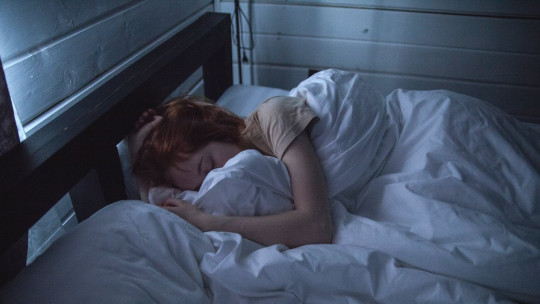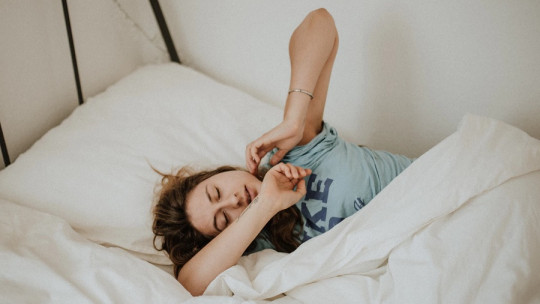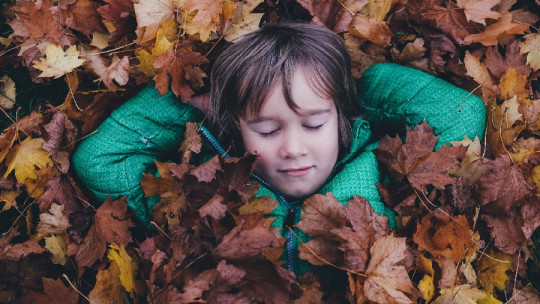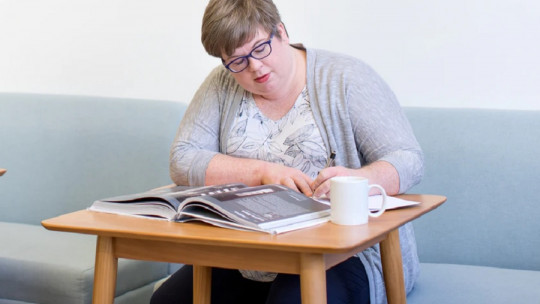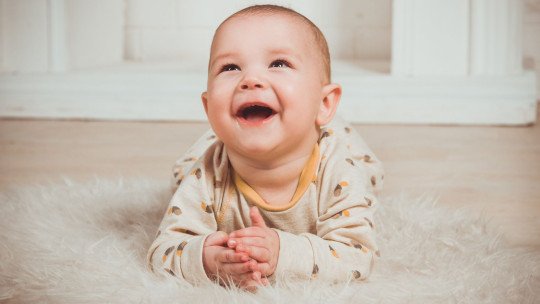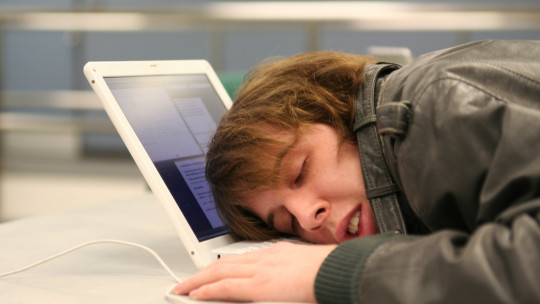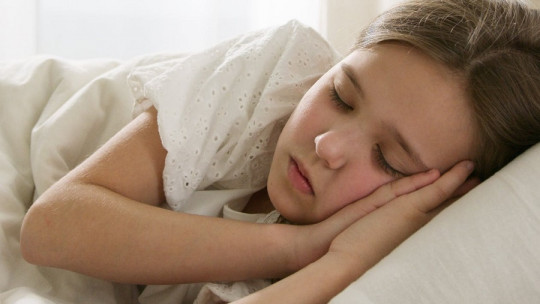
The night is the part of the day when we try to rest. Sleep is that period of our routine in which we replenish our energy, in addition to making the body rest and repair itself.
If in adulthood having a poor quality of sleep affects our physical and mental health very negatively, sleep problems during childhood are more critical. Not being able to sleep well translates into cognitive development problems and impaired growth.
One of the sleep problems that the little ones can suffer from is sleep apnea in children, a disorder that, although relatively uncommon, can so seriously affect the health of our children that it is in our best interest to know it very well. Below we are going to delve into what it is, its causes, symptoms and treatment.
What is sleep apnea in children?
Obstructive sleep apnea syndrome (OSAS) in children is a sleep breathing disorder that affects approximately 2% of infants, especially between 2 and 5 years of age This problem is characterized by repeated episodes of airway obstruction while sleeping, which can occur partially (hypopnea) or completely (apnea).
This disorder is usually due to a narrowing or blockage in the upper airways while sleeping.
Because the child cannot breathe well while sleeping, his lungs do not receive enough oxygen, which causes a reduction in this gas in the blood (hypoxemia), and there may also be an increase in CO2 retention (hypercapnia). This interruption of lung ventilation can be repeated up to 400 times each night, preventing the affected person from enjoying deep, restorative sleep
Not sleeping well at night because you cannot breathe well affects the physical and mental health of adults and children, but this problem has different consequences depending on age. While adults with apnea usually present daytime sleepiness, in the case of children, behavioral, attention and hyperactivity problems appear, which can mean that sleep apnea is not properly diagnosed, thinking that there is something behind the child’s behavioral problem. Psychological trastorn.
The underlying cause in adults is usually obesity, while in children it is usually a problem in the adenoids and tonsils, especially due to their enlargement.
Whatever causes it, it is worth noting that can harm the physical and intellectual development of boys and girls which is why early diagnosis and treatment is so important in order to avoid any complications that affect the cognitive and behavioral development of children.
Symptoms
The signs and symptoms that can be observed in a child with sleep apnea while they are sleeping are:
In babies and very young children, obstructive sleep apnea does not always manifest itself in the form of snoring In their case, it may happen that they simply manifest a sleep disturbance and difficulties in having a restful sleep.

While awake, children with sleep apnea may experience the following problems related to their sleep disorder.
Obstructive sleep apnea in boys and girls can involve multiple complications in the physical and psychological health of the affected person, among which we can highlight stunted growth, heart problems and death
Causes and risk factors
Obesity is often a common cause behind obstructive sleep apnea in adults. However, in the case of boys and girls, although this is also a cause, the most common is usually an enlargement of the tonsils and adenoids or vegetations masses of tissue located in the back of the nasal cavity.
This sleep problem can also appear due to Craniofacial anomalies and neuromuscular disorders
In addition to obesity, risk factors for sleep apnea in children include:
- Down’s Syndrome
- Anomalies in the skull or face
- Cerebral palsy
- Neuromuscular disease
- Sickle cell disease
- Low birth weight
- Family history of this sleep disorder
Diagnosis
The diagnosis of pediatric sleep apnea is somewhat complicated, since It is necessary to carry it out while the affected person sleeps The doctor will review the child’s symptoms and medical history and perform an awake physical examination, including an exam of the neck, mouth, and tongue to check the status of the tonsils and adenoids.
But, since to detect this problem it is necessary to see how the child sleeps, the doctor will possibly prescribe the parents of the affected person several tests to diagnose the condition. Among the tests used we find:
1. Polysomnography
The doctor evaluates the child’s condition during an overnight sleep study. This test uses sensors placed over the entire body to record brain wave activity, breathing pattern, oxygen levels, heart rate, muscle activity and snoring while the child sleeps.
- Related article: “The 5 phases of sleep: from slow waves to REM”
2. Oximetry
If pediatricians suspect that the child suffers from obstructive apnea, and a complete polysomnography is not required or available, A record of oxygen levels while you sleep may help confirm the diagnosis Oximetry can be done at home.
3. Electrocardiogram
To perform an electrocardiogram, it is necessary to place patches with electrodes connected to a machine that measures electrical impulses coming from the child’s heart The pediatric team can use this test to determine if the child has a heart disease that could be behind the sleep apnea.
- You may be interested: “Magnetoencephalography: what it is and what it is used for”
Treatment
There are various therapeutic options to treat sleep apnea in children. Each case will require a particular treatment, mainly the following.
1. Medications
The pharmacological route to treat this type of apnea includes topical nasal steroids, such as fluticasone and budesonide, which can relieve the symptoms of this sleep disorder in some children with mild obstructive sleep apnea. In the case of children with allergies, montelukast seems to relieve symptoms, both when used alone or with nasal steroids.
- Related article: “The 24 branches of Medicine (and how they try to cure patients)”
2. Removal of tonsils and adenoids
When the child suffers from moderate or severe sleep apnea, One of the therapeutic options, although drastic, consists of the removal of the tonsils and adenoids
This type of intervention is called adenotonsillectomy and is only used when an otorhinolaryngologist considers that it is the best option available to improve the quality of life of the child, thus opening the airways.
3. Positive airway pressure therapy
In positive airway pressure therapy Various machines are used that blow air through a tube and a mask placed over the nose and/or mouth
This machine sends air pressure to the back of the child’s throat, thus keeping their airways open. This option is used when medications or removal of the adenoids and tonsils have not been effective.
4. Oral devices
Another option is oral devices, such as dental braces or mouthpieces, which can help expand the palate and nasal passages They also serve to move the child’s lower jaw and tongue forward, so that the upper airways remain open. It should also be said that few children benefit from oral devices.

